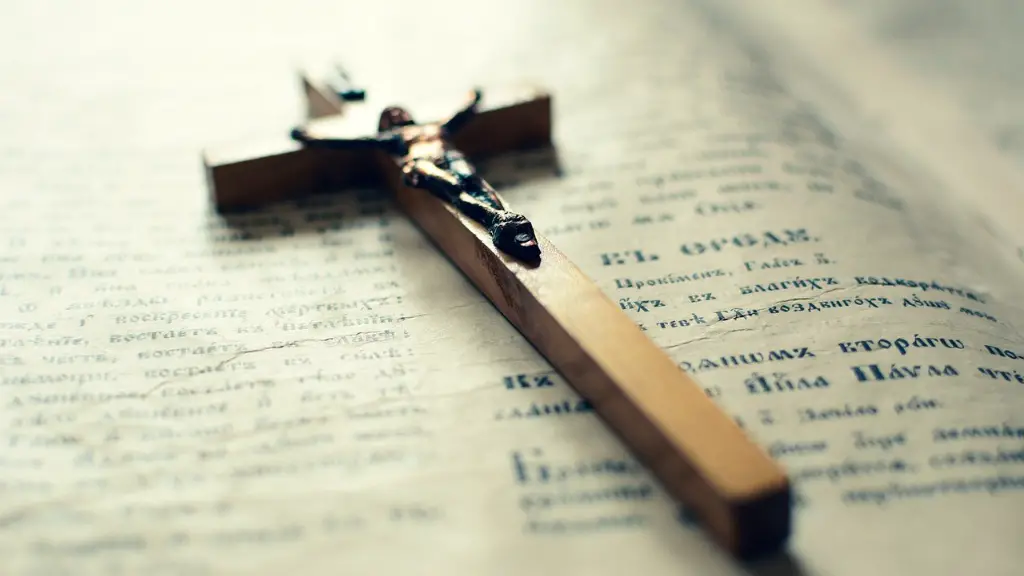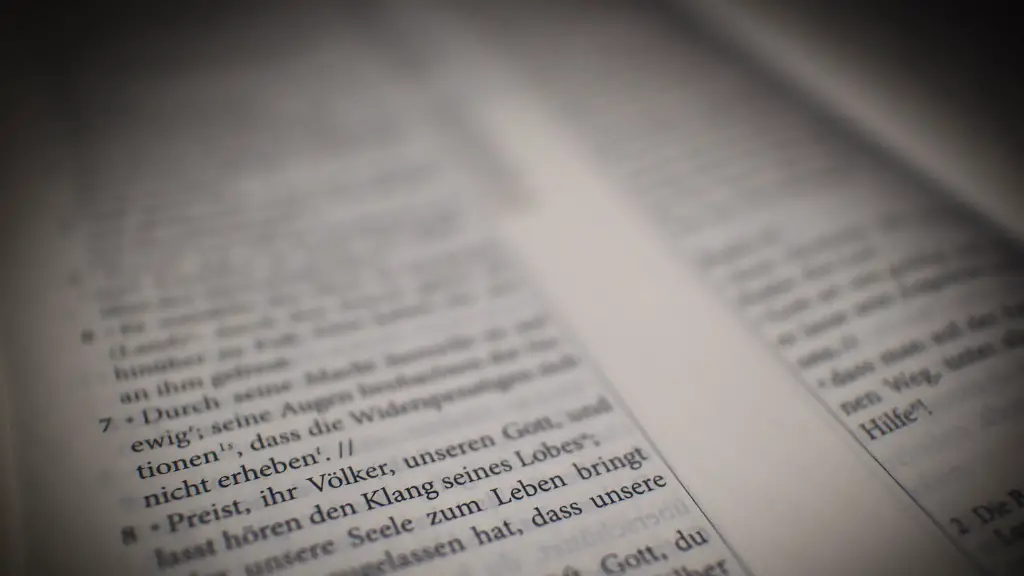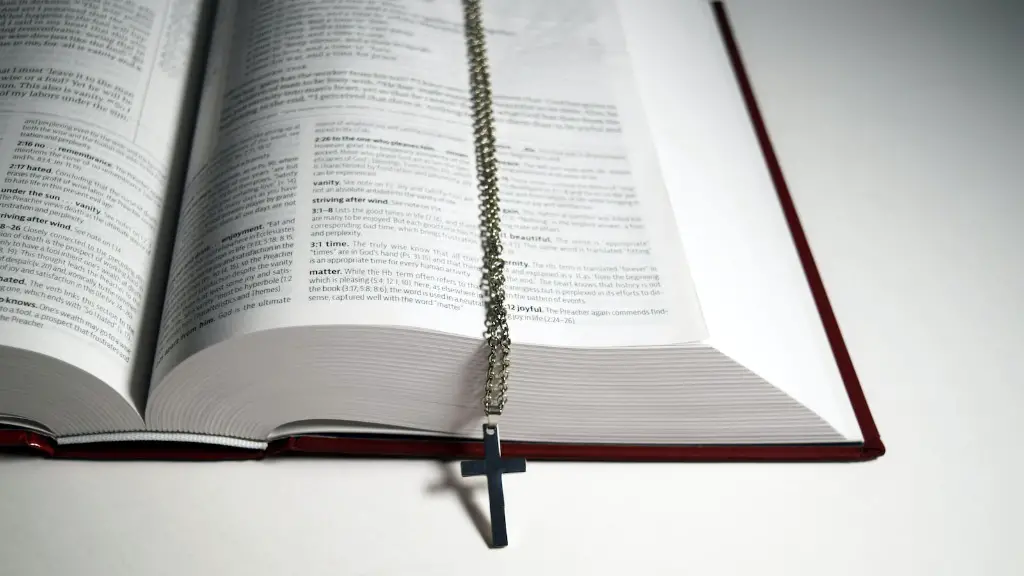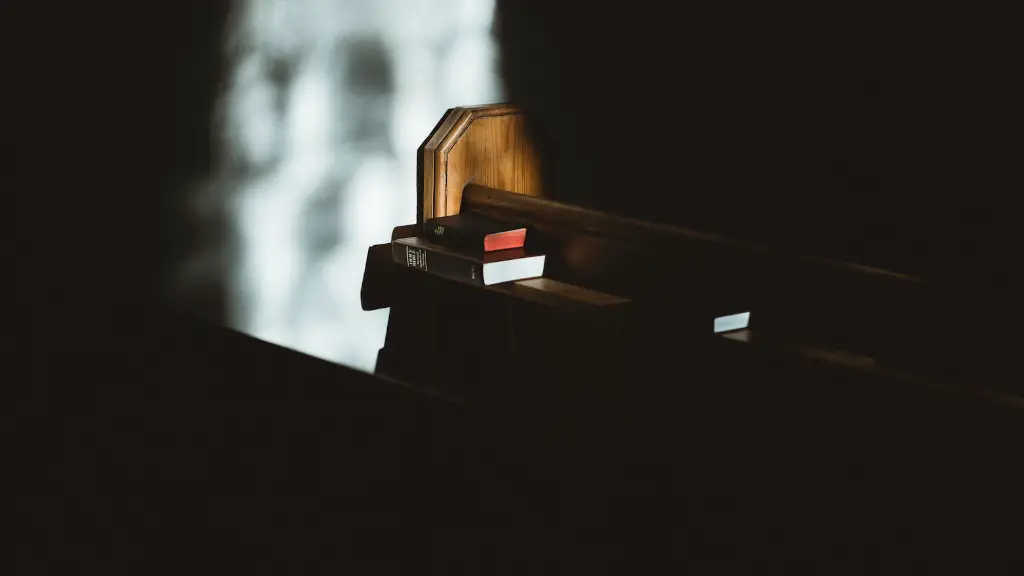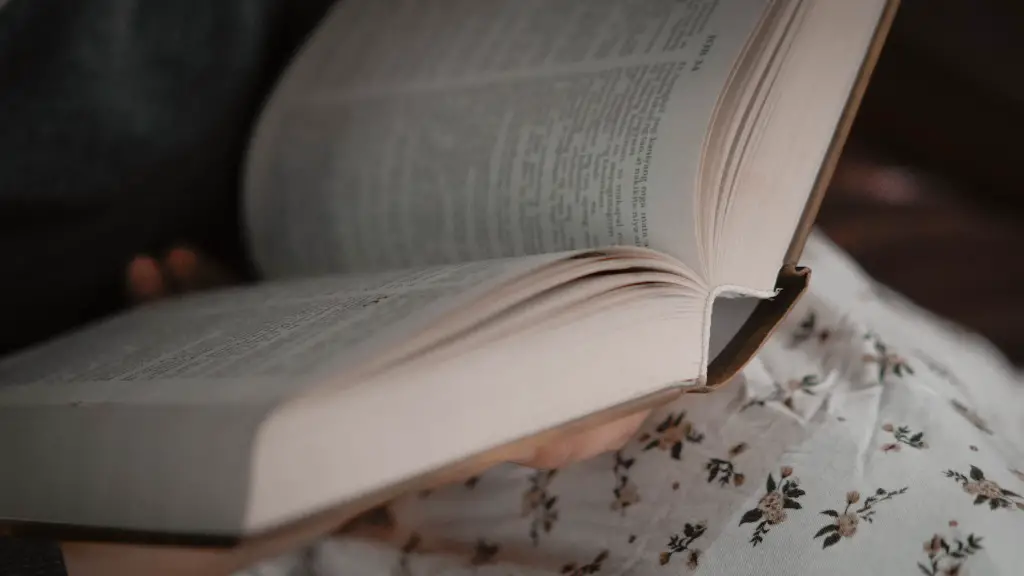How To Celebrate Passover According To The Bible
Passover is an important biblical feast commemorating the liberation of the Hebrews from slavery in Egypt. It has been celebrated since ancient times and each year Jews worldwide take part in the re-enactment of the Haggadah, or the story of the Exodus. The Passover celebration, or Pesach in Hebrew, consists of eight days of festive meals with special foods and customs, highlighted by rituals that bring the story of the Exodus alive.While the details of the celebration have changed over time, the most important parts of Passover as prescribed by the Bible focus on remembering the Passover lamb and other foods symbolic of the Exodus.
According to the biblical account, Passover begins on the 15th of Nisan (the first month of the Jewish calendar). It begins with a lamb sacrificed for the year’s Pesach. The Bible specifies that this lamb should be without blemish, male and one year old. This lamb is then to be eaten as a sacrifice and roasted with fire. The remaining meat of the lamb was to be eaten that night with matzah or unleavened bread, bitter herbs and a cup of wine.
On the night of the feast, the people of Israel gathered in the courtyard of the Temple for the Seder (the festive meal). They were commanded to retell the story of their deliverance with the matzah and bitter herbs. Each year a special cup of wine was set aside for Elijah the prophet, a sign of hope that one day he will come to herald the Messianic era. It was also an opportunity for families to reaffirm faith in God and celebrate with songs of praise, prayers, and thanksgiving.
The celebration of Passover continued in the wilderness after the Exodus. God set aside seven days that year, as one day in seven was set aside for rest and celebration. This has become known as the Festival of Unleavened Bread and these seven days commemorate the seven days that the Hebrews wandered through the wilderness before reaching the promised land. During the Feast of Unleavened Bread, God commanded that no leavened bread was to be eaten, for the leavening symbolizes the pharaoh’s oppression. The people were to eat unleavened bread symbolizing the haste with which the Jews left Egypt.
The celebration of Passover does not end after the seven day feast. After the Feast of Unleavened Bread, the 50th day or seventh Sunday of Passover is celebrated as Shavuot, the Festival of Weeks. Like Passover, it is a time of celebration in remembrance of God’s deliverance. This time is spent in prayer, supplication, study, and the counting of fifty days (representing forty-nine years). The Israelites were pardoned and released fifty days after the Exodus.
In the end, Passover is a special time in Judaism, as it celebrates the liberation of the Hebrews from slavery and their redemption as a nation before God. As the Passover Seder emphasizes, through the Lord’s doing and our own work, slavery can be broken and we can find redemption. Passover is truly a celebration of faith and freedom for Jews, and of God’s infinite love for all of his people.
Non-Traditional Customs of Passover
In the modern era, Jews have begun to incorporate non-traditional customs in their Passover celebrations. Many of these customs focus on individual reflection, meditation, or communal acts of charity and service. For example, one custom is for individuals to share a special ritualistic meal, called a seder, with loved ones. The seder can feature a variety of dishes not required by the Bible. While traditional Passover dishes focus largely on roasted lamb, potatoes, and other grains, modern Passover seders may include dishes such as kugel, latkes, flaky pastries, and various kinds of fruits and vegetables.
Another popular change to Passover celebrations is the use of a Haggadah. This is a book that includes the traditional liturgy of the Passover Seder, along with readings from the Bible, reflections and discussion about the Passover story, and prayers for the contemporary world. People often tailor their Haggadahs to reflect their particular traditions and beliefs. For example, some Haggadahs will include readings and reflections on topics such as civil rights, immigration, and social justice.
Some families also have begun to reinterpret traditional objects and practices associated with Passover. For example, they may use flags to represent the four nations that once occupied ancient Israel, share the story of the Maccabees’ struggle against oppression, or even produce a modern reinterpretation of the Passover Seder. As Passover’s traditional practices evolve and change with time, these diverse interpretations can help individuals find meaningful and relevant ways to connect to the traditional story.
Preparing for Passover
In preparation for Passover, Jews observe a period of cleaning and purification known as Pesach cleaning, or bedikat chametz. This is a two-step process in which all chametz (leavened food) is removed from the home and then a ritual search is done to ensure that all leavened food has been eliminated. In preparation for the ritual search, the family cleans the entire house from top to bottom, ensuring that all chametz is placed in an area of the house known as the chametz room.
Once the house is thoroughly clean, the family can begin the ritual search known as bedikat chametz. This begins by lighting a candle and reading out loud a proclamation declaring any chametz in the house to be null and void. The search is done with the help of a feather and a wooden spoon, which are used to retrieve any small pieces of chametz that may have been overlooked in the cleaning process. Once the search is complete, all of the chametz is sealed in a wooden box and stored away until after the holiday.
Along with bedikat chametz, another popular tradition in preparation for Passover is a custom called Tashlich, which is a symbolic “casting away” of one’s sins. During Tashlich, families gather by a body of water and cast away pieces of bread (representing any transgressions and grievances) as a means of purifying their souls for the new year. This practice is derived from a verse in the book of Micah, and the interpretation of this verse is often the subject of many interesting conversations in the days leading up to the holiday.
The Seder Meal
The Seder meal is the main event of Passover, and is usually served in the evening when relatives, friends, and guests gather to celebrate the holiday. The meal is unlike any other meal that is eaten during the year. It is a joyous and interactive celebration, where stories and songs of liberation are shared, and plenty of food is eaten. There is one dish, however, that is central to the meal – the special Passover dish called the ha’Motzie.
The ha’Motzie consists of matzot, bitter herbs and salt water. The matzot represent the unleavened bread that the Jews ate in the wilderness during the Exodus, while the bitter herbs are a reminder of the harsh slavery that the Jews endured. The salt water symbolizes all the tears that were shed. During the Seder, the head of the household takes each of these items in turn and recites a blessing over them, before saying the ha’Motzie, or the blessing of God who has “brought forth bread from the earth”.
The Seder ritual also involves the use of hidden elements. One of these is the Seder plate, which contains six items representing the various stages of the Passover story. Another is the special cup set aside for Elijah the prophet, which has already been mentioned. As the Seder progresses, each item on the plate is eaten, and the empty spaces filled with symbols of hope and liberty, such as a piece of broken glass, a sprig of parsley, and a piece of charred wood. This culminates in the traditional Seder song, Dayenu, which declares that no matter what God has done, it was enough.
The End of Passover
On the final day of Passover, known as Nisan 8, the Jews celebrate with a joyful meal, dance and songs of praise. This day also known as Shemini Atzeret belongs both to the festival of Passover and the beginning of the Festival of First Fruits. On this special day, families thank God for the manifold blessings of the past year and renew their hope for the future.
The eight-day Passover celebration culminates with a holiday meal that consists of traditional dishes such as matzah ball soup, brisket and stewed fruit. The meal is accompanied by special prayers and readings about God’s deliverance. To commemorate the 50th day of Passover, a special prayer of thanksgiving is read and a traditional meal consisting of an egg and a piece of matzah is eaten. This ultimate meal symbolizes the freedom and joy of the Passover experience.
The Significance of Passover
Passover is an important holiday for Jews and carries a significant message about God’s deliverance and redemption. Passover is an opportunity for Jews to remember their ancestors’ story of liberation and to remind themselves of God’s faithfulness. It is also a time for individuals to reflect on their own personal freedom and to renew their trust in the hope of a better future.
Passover has its own special rituals, customs, and foods. It is a time of celebration and new beginnings, of joy and song. As the Jewish people travel through each of the eight days of Passover, they are reminded of the remarkable story of their ancestors’ deliverance from slavery and immense faith in God’s promises. This example speaks to all of us, reminding us of how faith in God can help us all to find freedom.
Meaningful Passover Celebrations
Passover is a special holiday for Jews, a time to honor their history and remember the power of faith and redemption. While each family celebrates a bit differently, for many it is a meaningful and joyous celebration. As Passover comes to a close, many families take this opportunity to gather and share their stories and experiences, as well as their hopes and dreams for the future. As the day and night come to a close, the family that gathered for the Passover Seder sit around the dinner table, thankful for all of their blessings, and renewed in hope, faith and community.
Whether you observe the more traditional customs of Passover or have chosen to incorporate more modern customs, Passover is a special time of the year to gather with family and friends to celebrate the story of their liberation from Egypt and reflect on the promise of a better future. By focusing on the ancient and modern messages of Passover, families can create meaningful and joyful celebrations that will last a lifetime.
